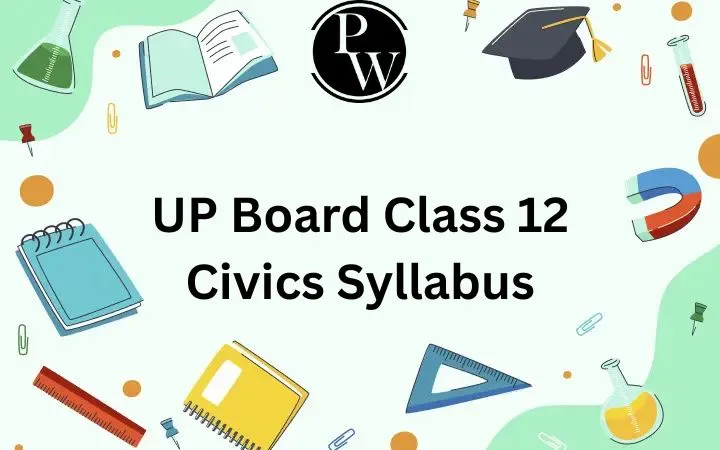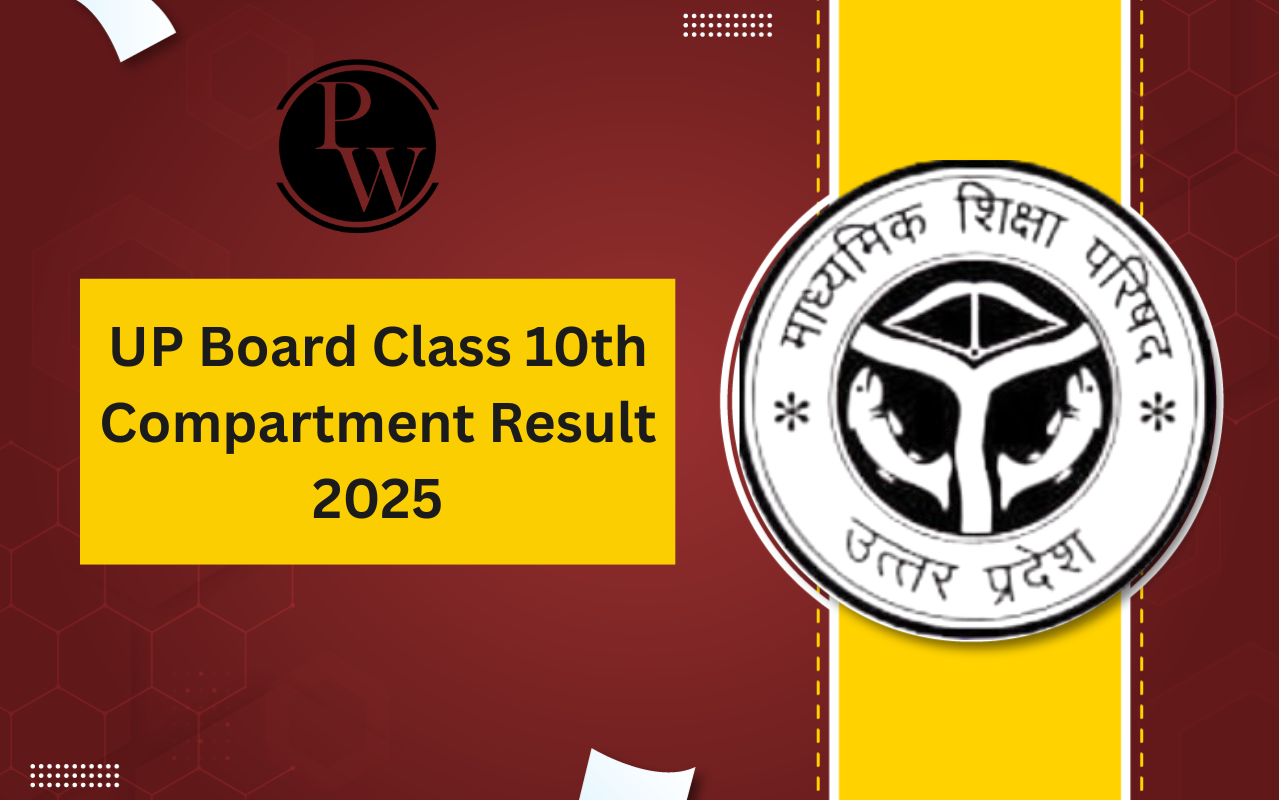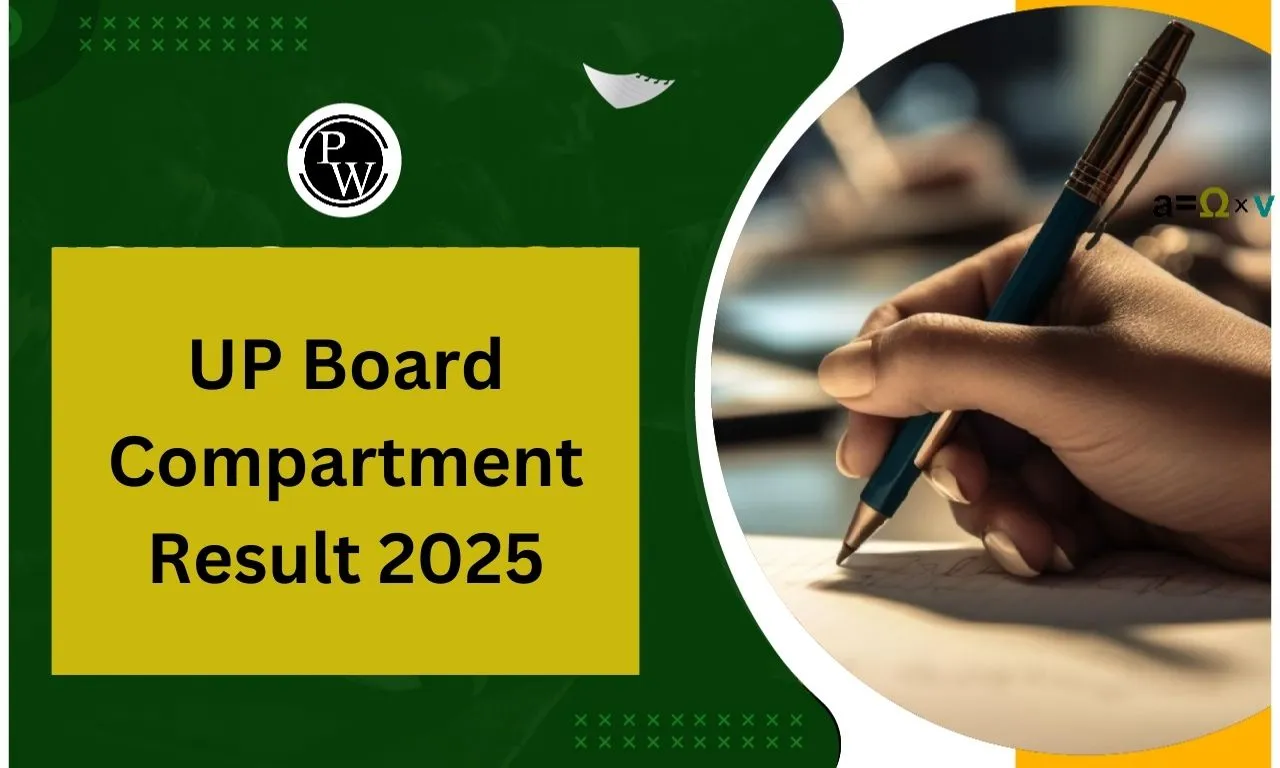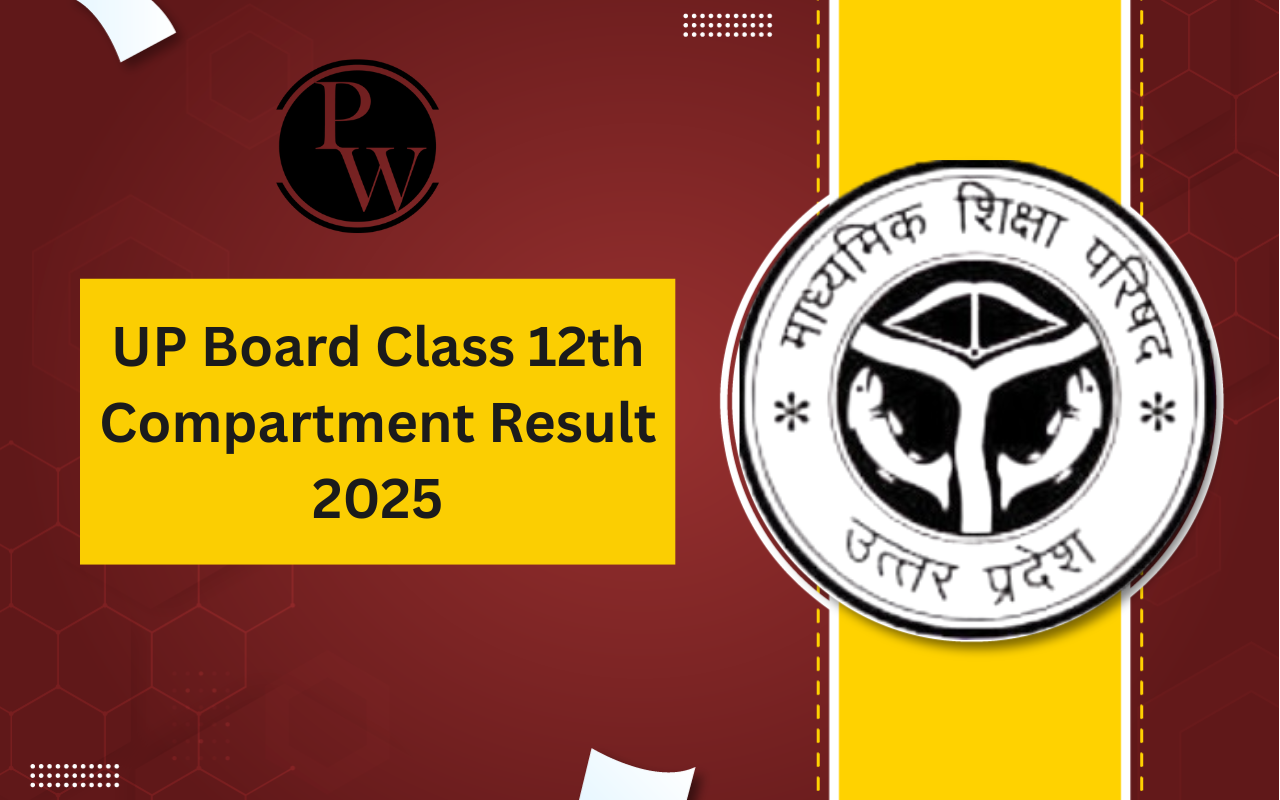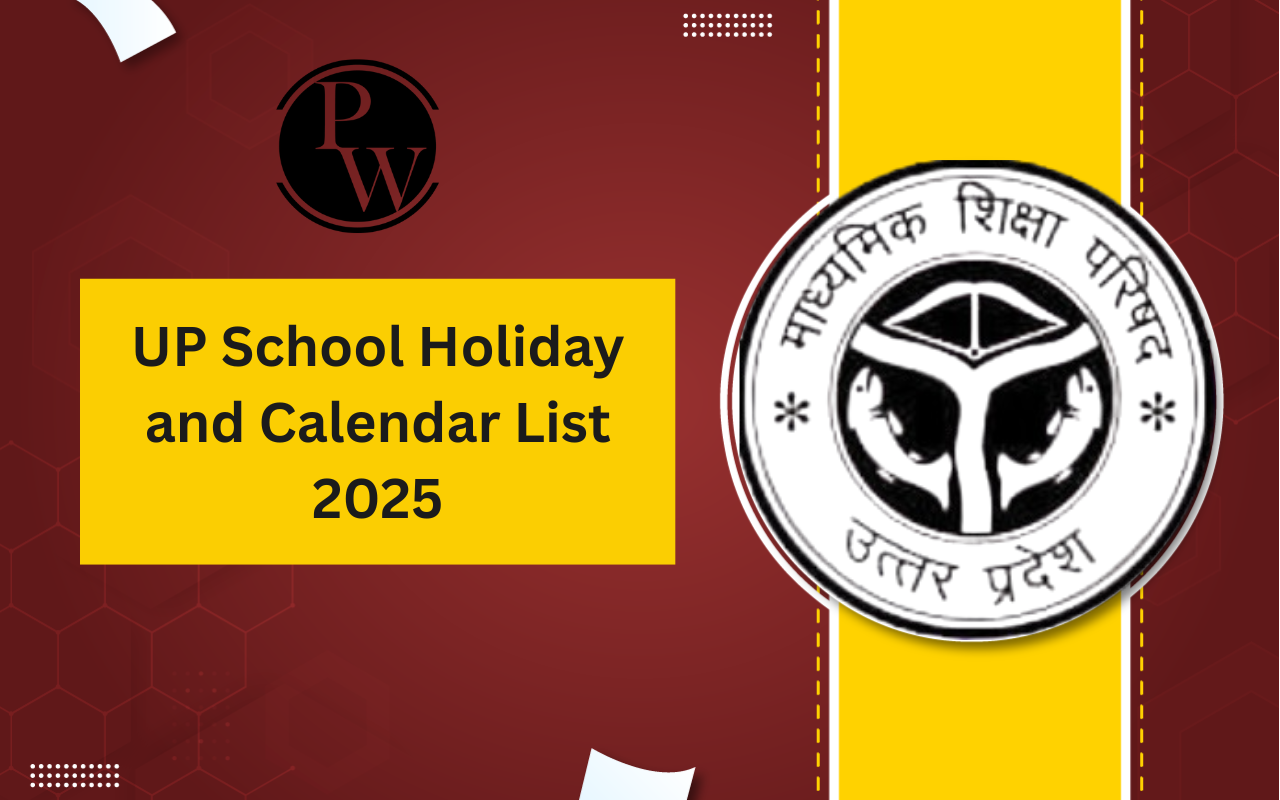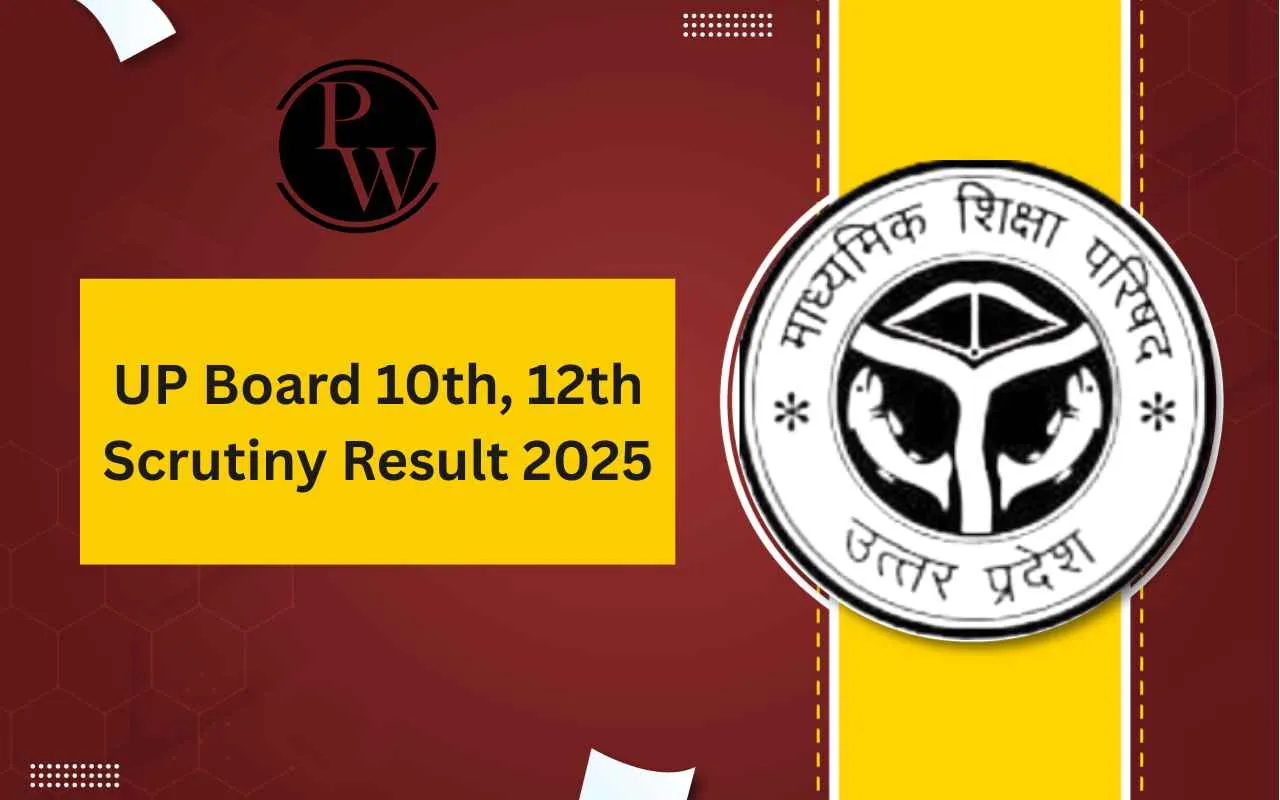
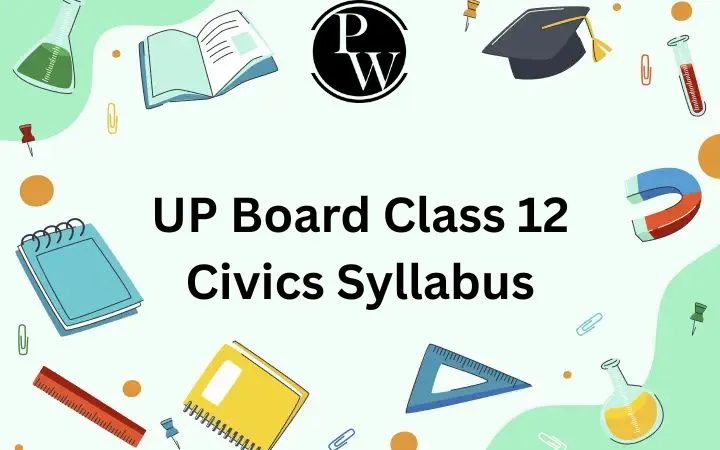
UP Board Class 12 Civics Syllabus 2025-26: Civics is an important subject in the Class 12 curriculum for UP Board students, especially those who wish to pursue careers in law, political science, civil services, or public administration. The UP Board Class 12th syllabus is created to build students’ conceptual knowledge of political systems, governance, constitution, and world affairs.
The Uttar Pradesh Madhyamik Shiksha Parishad (UPMSP) has structured this syllabus to give students a good understanding of both contemporary world politics and the political scenario in independent India. It includes theoretical knowledge as well as the development of analytical skills through a variety of question types.
UP Board Class 12 Civics Syllabus 2025-26 Overview
UP Board Class 12 Civics Syllabus 2025-26 offers students a detailed understanding of political processes, institutions, and ideologies at both national and global levels. It is divided into two main parts: Contemporary World Politics and Politics in Independent India. Here is an overview of the subject:
|
UP Board Class 12 Civics Syllabus 2025-26 Overview |
|
|
Component |
Details |
|
Board |
Uttar Pradesh Madhyamik Shiksha Parishad (UPMSP) |
|
Subject Name |
Civics (Political Science) |
|
Class |
12th |
|
Academic Year |
2025-26 |
|
Duration of Exam |
3 Hours |
|
Total Marks |
100 |
|
Theory Marks |
100 |
|
Practical/Project Work |
Not Applicable |
|
Official Website |
|
UP Board Class 12th Geography Syllabus
UP Board Class 12 Civics Syllabus 2025-26 Exam Pattern
Students must understand the UP Board Class 12 Exam Pattern in order to prepare for the board exams. The UP Board gives details related to the difficulty level of the exam paper, types of questions, and by cognitive level. Here are the section-wise details about each type:
The exam pattern includes multiple question types like very short answer (1 mark), short answer (2–4 marks), long answer (5–6 marks), and descriptive essays (8 marks). The distribution of question types and difficulty levels is as follows:
|
Question Types in UP Board Class 12 Civics Syllabus |
|||
|
Question Type |
No. of Questions |
Marks Each |
Total Marks |
|
Multiple Choice/Objective |
10 |
1 |
10 |
|
Very Short Answer |
10 |
2 |
20 |
|
Short Answer |
6 |
4 |
24 |
|
Long Answer |
4 |
8 |
32 |
|
Essay Type |
2 |
8 |
16 |
|
Total |
32 |
100 |
|
The exam paper includes a variety of questions based on the difficulty level. This provides clarity on how marks are spread across easy, moderate, and difficult sections. Here is the detailed difficulty level distribution:
|
Difficulty Level of UP Board Class 12 Civics Syllabus |
||
|
Difficulty Level |
Marks |
Percentage |
|
Easy |
30 |
30% |
|
Moderate |
50 |
50% |
|
Difficult |
20 |
20% |
|
Total |
100 |
100% |
UP Board Class 12 Civics Syllabus 2025-26
The UP Board releases the UP Board Class 12 Syllabus in Hindi format. Students must know that the syllabus is divided into two sections. Section A: Contemporary World Politics and Section B: Politics in Independent India. Here is a detailed UP Class 12 Civics Syllabus 2025-26:
Section 'A' : Contemporary World Politics
Unit-I
Chapter 1: The end of bipolarity: New powers in world politics: Russia, Balkan states, Central Asian states; the advent of democratic politics and capitalism in post-communist regimes. India's relations with Russia and post-communist states.
Chapter 2: Contemporary centres of power: Rise of China as an economic power in the post-Mao era; Creation and expansion of the European Union. India's changing relations with ASEAN, China.
Chapter 3: Contemporary South Asia (in the post Cold War era): Democratisation of Pakistan and Nepal. Ethnic conflict in Sri Lanka; Impact of economic globalisation on the region. Conflict and efforts for peace in South Asia. India's relations with its neighbours.
Unit-II
Chapter 1: International Organisation: Restructuring and future of the United Nations. India's position in the restructured United Nations. Rise of new international actors; new international economic organisations, non-governmental organisations.
Chapter 2: Security in the Contemporary World: Traditional conceptions of security; Politics of disarmament. Non-traditional or human security; global poverty, health and education. Human rights and migration issues.
Unit-III
Chapter 1: Environment and natural resources: Environmental movement and evaluation of global environmental standards. Geopolitics of resources (conflicts over traditional and other resources) Rights of indigenous peoples. India's position in global environmental thought.
Chapter 2: Globalisation- Economic, Cultural and Political Manifesto. Anti-Globalisation Movement. India as an arena for globalisation and the struggle against it.
Section 'B' Politics in Independent India
Unit-IV
Chapter 1: Challenges of nation building: Nehru's vision of nation building: The legacy of Partition: The challenge of rehabilitation of refugees, The problem of Kashmir, The formation and reorganisation of states: Political struggle over language.
Chapter 2: Period of one-party dominance: First three general elections: Nature of Congress dominance at the national level: Uneven dominance at the state level, coalitional nature of Congress. Major opposition parties.
Chapter 3: The politics of planned development: Five Year Plans, Expansion of State Sector and Emergence of New Economic Interests, Reasons for Shortcomings and Delays of Five Year Plans.
Unit V
Chapter 1: Indian foreign time: Nehru's Foreign Policy: Indo-Bean War 1962; Indo-Pak War 1966 and 1971; India's Nuclear Program: Changing World Politics relationship
Chapter 2: The Congress System: Challenges and Restoration: Post Nehru political pattern, non-Congressism and the electoral deviation of 1967: (Reversal) Split and reorganisation of Congress: Congress victory in 1971 elections.
Chapter 3: Crisis of the democratic system: Navnirman Movement of Gujarat and Bihar Movement, Conflict with Judiciary, Emergency Case (Context): Constitutional and Extra-Constitutional Dimensions (Aspects): Opposition to Emergency. Elections of 1977 and Rise of Janata Party (Origin).
Unit VI
Chapter 1: Regional aspirations: Rise of regional parties: Punjab crisis and anti-Sikh riots of 1984. Situation in Kashmir, challenges and responses in the North East.
Chapter 2: Indian Politics: New Changes: Wave of participation in 1990. Rise of Janata Dal and Bharatiya Janata Party, increased role of regional parties and coalition politics: National Democratic Alliance (NDA) (1998-2004), United Progressive Alliance (UPA) (2004-2014), National Democratic Alliance (NDA) (2014 till date). Implementation of Mandal Commission report, communalism, secularism and democracy.
UP Board Class 12th Biology Syllabus
UP Board Class 12 Civics Syllabus 2026 Download PDF
UP Board Class 12 Civics Syllabus 2025-26 should be downloaded by every student to plan their academic strategy. It helps students know exactly what topics to cover, how to divide their study time, and prepare according to the marking scheme. Downloading the syllabus PDF ensures you have the complete syllabus handy for quick reference anytime. Here is the official syllabus PDF:
UP Board Class 12 Civics Syllabus 2025-26
UP Board Class 12 Civics Syllabus 2025-26 Marking Scheme
UP Board Class 12 Civics Syllabus 2025-26 syllabus is divided into two parts:
-
Part A: Contemporary World Politics (50 Marks)
-
Part B: Politics in Independent India (50 Marks)
Both parts cover various units that help students build a clear understanding of important political concepts, global events, and India’s political system.
Knowing the marking scheme in advance helps students plan their study time wisely and focus on topics as per their weightage. It also builds confidence during exams because students are clear about how their answers will be evaluated. Here is the UP Board Class 12 Civics Syllabus 2025-26 Marking Scheme:
|
UP Board Class 12 Civics Syllabus 2025-26 Marking Scheme |
||
|
Part A: Contemporary World Politics |
||
|
Unit |
Chapter Name |
Marks |
|
Unit I |
End of Bipolarity |
20 |
|
Centres of Power |
||
|
Contemporary South Asia |
||
|
Unit II |
United Nations and its Organisations |
15 |
|
Security in Contemporary World |
||
|
Unit III |
Environment and Natural Resources |
15 |
|
Globalisation |
||
|
Total for Section A |
50 |
|
|
Part B: Politics in Independent India |
||
|
Unit IV |
Challenges of Nation-Building |
16 |
|
Era of One-Party Dominance |
||
|
Politics of Planned Development |
||
|
Unit V |
India’s External Relations |
18 |
|
Challenges to the Congress System and Restoration |
||
|
Structure of Democratic Politics |
||
|
Unit VI |
Regional Aspirations |
16 |
|
Recent Developments in Indian Politics |
||
|
Total for Section B |
50 |
|
|
Grand Total (Section A + B) |
100 |
|
UP Board 12 Class Computer Syllabus
How to Prepare with the help of UP Board Class 12 Civics Syllabus 2025-26?
Here are some UP Board 12th Exam Preparation tips through which you can prepare for the board exams through UP Board Class 12 Civics Syllabus 2025-26:
-
You must begin the preparation by studying from the NCERT as questions are usually framed from the NCERT books. Focus on topics like “Cold War,” “End of Bipolarity,” “Indian Politics post-Emergency,” and “Foreign Policy.” Make sure you understand key political terms and ideologies clearly.
-
Civics includes many historical developments and political events. To retain them better, prepare timelines for major periods (like Congress dominance, Emergency, coalition governments) and you can make use of mind maps to link topics such as international organizations and global conflicts.
-
Understand the exam pattern to know about the types of questions included in the curriculum. You must also practice writing answers of all types while maintaining proper structure: introduction, explanation, and conclusion.
-
Add previous year questions and official sample papers released by the UP Board in your study schedule. This will help you identify frequently asked topics and improve time management.
-
You must test your knowledge through self assessment. Revise all the chapters you’ve completed. Allocate time to weak topics and keep checking your progress through short quizzes or oral summaries.
| Other Important Links | |
| UP Board 12th Result 2025 | UP Board 12th Toppers List 2025 |
| UP Board Compartment Result 2025 | UP Board 12th Compartment Exam Date 2025 |
UP Board Class 12 Civics Syllabus 2025-26 FAQs
Which book is used in UP Board Class 12?
NCERT books are used in UP Board Class 12. These books are prescribed by the Uttar Pradesh Madhyamik Shiksha Parishad (UPMSP) and are considered reliable for board exam preparation as well as competitive exams.
How many marks are required to pass in UP Board?
You need to score a minimum of 33 marks to pass in UP Board Class 12th exams.
What is the pattern of Class 12 Board Exam 2025?
UP Board Class 12 Exam Pattern 2025-26 includes about 30% of the paper (30 marks) as easy questions, 50% (50 marks) will be of moderate level, and the remaining 20% (20 marks) will be difficult.
How many subjects are there in UP Board 12?
Students can download the UP Board Class 12 Syllabus 2025-26 from the official website. It includes subjects like English, Psychology, Hindi, Geography, History, Sociology, and Political Science.

